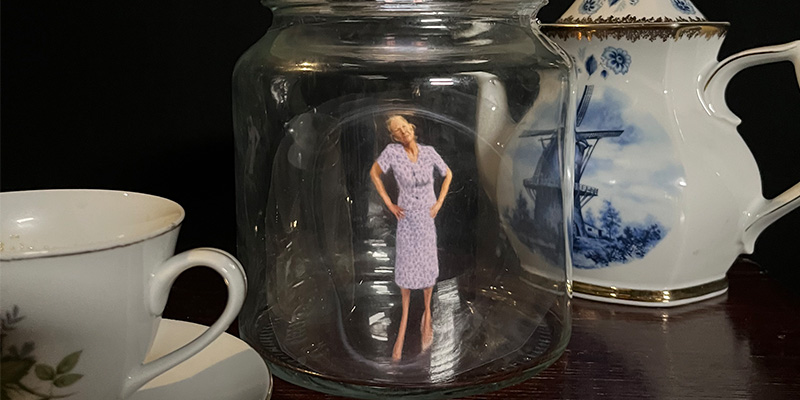News | Monday, 18th February 2013
Seals judge size with their whiskers
Fascinating research into animal behaviour
A STUDY of harbour seals sheds new light on how animals use whiskers as a ‘sixth sense’
Mammals such as rats, shrews and seals actively employ their whiskers to explore their environments and extract object properties such as size, shape and texture.
New detailed observation of how seals press their whiskers to objects suggests the animals ‘feel’ size through the number of whisker contact points. This means that with mere whisker contact, a seal can gauge whether a fish is large enough to pursue.
Using this ‘brush’ method, the seals judged size instantaneously, taking less than 0.4 seconds to decide to chase or leave a potential meal.
Dr Robyn Grant, a lecturer in environmental physiology at Manchester Metropolitan University said: “The method they use allows them to lightly press their face to the prey and decide whether they like it or they don’t.
“In the highly competitive environment of the ocean, this speed of decision can be the difference between eating or going hungry, and ultimately between survival or starvation.”
Dr Grant conducted her observations with colleagues from the University of Sheffield and the Marine Science Center in Rostock, Germany. Their study looked in detail at how two adult harbour seals – also known as common seals - used their whiskers to differentiate between three different sized discs.
“What was not known was whether it was the number of whiskers or the way the whiskers were positioned which helped them determine size, said Dr Grant.
“The way they oriented their smaller, most rostral, ventral whiskers to the discs suggest it is the former.”
Their paper is published in the Journal of Comparative Physiology and reported on BBC Nature at http://www.bbc.co.uk/nature/21442501
Vibrissal touch sensing in the harbor seal (Phoca vitulina): How do seals judge size?
Robyn Grant1,2, Sven Wieskotten3, Nina Wengst3, Tony Prescott1, Guido Dehnhardt3*.
1. Active Touch Laboratory, University of Sheffield, Sheffield, UK
2. Division of Biology and Conservation Ecology, Manchester Metropolitan University, Manchester, UK
3. Marine Science Center, University of Rostock, Rostock, Germany
Dr Robyn A. Grant
Division of Biology and Conservation Ecology
Manchester Metropolitan University +44 (0)161 2476210




